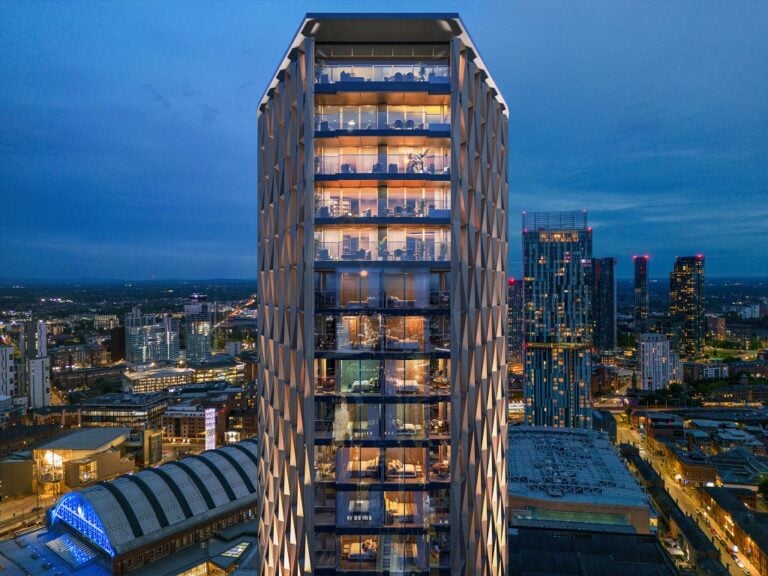Property investors looking for a long-term asset class are increasingly drawn to the build-to-rent and “multihousing” space. As the private rented sector grows, it could be one of the more stable investment options available.
The growth of build-to-rent has been one of the biggest game-changers to the country’s housing market in recent years. In direct recognition of the massive increase in renting households across the UK, it is a sector tipped for record future growth.
The latest figures show that there are 46,178 build-to-rent homes either complete or near completion in the UK. This is the data for schemes containing at least 75 individual units, so the actual figure is likely higher. There are also 43,554 homes under construction in BTR, while 40,796 more have planning permission.
As the latest report from Knight Frank and HomeViews points out, there are nearly double the number of homes in the pipeline than are currently complete. As more investors and developers enter the space, it will continue to change the face of the PRS.
Huge investment prospects
Knight Frank’s ‘Multihousing report 2020’ – which is another term for build-to-rent – looks in depth at how the industry is evolving. It demonstrates that 2020 has been a “record year” for the market, with an anticipated £4.02bn invested by year-end.
Up to now, there has been a total of £41bn committed to the sector. There is also, says Knight Frank, a further £19bn “ready to be deployed in schemes with planning”.
According to James Mannix, head of residential development at investment at the estate agency, the past eight weeks have seen a surge of investment. This is likely to be a result of the pent up demand through COVID as well as a pre-Christmas rush.
“The capital committed has come from both new and established market players and is testament to the long-term investment opportunity afforded by the sector.”
“There is no doubt that very long-term sources of capital providing a necessity good to renters is symbiotic.”
More people than ever continue to rent
In 2001, an estimated one in ten households rented privately. Today, the figure is around one in five, says Knight Frank. The causes of this are complex, but one of which is the fact that younger workers enjoy the greater flexibility of renting. They can move easily between locations, without the costs of buying and selling. Affordability is another factor, as house price rises have outpaced wage increases.
One of the key aspects of build-to-rent is maintaining the focus on the tenant. Giving private renters what they want and need from their accommodation is even more prevalent since the coronavirus outbreak. Lockdown has given everyone a new perspective, and build-to-rent is already in a good position for this.
The report says: “When marketing to new residents, new-build developments place emphasis on service benefits such as first-class facilities, professional management, fast broadband and an engaged community. This is especially true of BTR developments.”
Build-to-rent as an investment
As the sector grows in popularity for tenants, it is attracting higher levels of investment. In turn, this is equating to exponential growth in development. The majority of this is in London, where there are more than 19,000 homes on large schemes complete.
But the report points out that the divide between London and the rest of the UK is “more evenly balanced when it comes to the development pipeline”. In particular, urban centres outside the capital are attracting the most investment.
“For investors, the appeal of regional localities is clear. Lower land prices, less competition from the sales market and more attractive entry yields for starters. However, with housing affordability less of an issue outside London, the right demographic needs to be in place at sufficient scale.”
Average monthly rents for build-to-rent come in at £1,279 at present, according to Knight Frank’s report. London unsurprisingly has the highest rents, at £1,960 per month. At the bottom end, units in the north-east are an average £661 per month for tenants.
The report concludes with a comment from Nick Pleydell-Bouverie, head of residential investment agency.
He says: “The focus for many investors is now on aggregating to scale, along with a renewed emphasis on the operational performance of platforms. ESG [environmental, social and corporate governance] credentials, digital connectivity and post Covid-19 design changes are also increasing in prominence, as investors look beyond the current turbulent period to the long term performance of the sector.”










